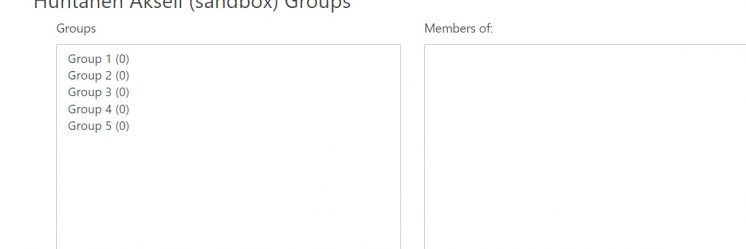Rethinking exams a bit
Have you tried to understand the anatomy of a successful digital exam? We constructed you a 6 step-model to ease your way:
- Openness: tell students why it is necessary to have an exam (is it?) and why the exam is organized online/offline/on-site
- Explain where does this exam links to: why it is important to learn these things =what are the learning outcomes of the course and how student can show that they have learned what they where expected.
- Restrictions: tell students what is allowed and not allowed during the exam (softwares/materials/cooperation)
- Focus on your exam questions: aim to valid and reliable questions aligned to your learning outcomes
- Use randomized questions (questions from question bank or randomize answer options) and timelimits if possible
- TRUST your students. If there is no trust in the student, we can not give them a grade. Mutually: students needs to trust you and that your assesment methods are equal, unbiased and again aligned with intended learning outcomes. And yes: those who want to cheat, will cheat (or try) regardless the exam or assessment type you have selected.
Aalto offers plenty of possibilities to organize digital exams, they are introduced in figure 1.

Figure 1.
Need for help?
Guidance for MyCourses Exams: https://wiki.aalto.fi/display/mchelp/Electronic+examinations
Guidance for Exam -electronic examination system: https://wiki.aalto.fi/display/OPIT/Electronic+examination+in+Exam
Guidance for remotely proctored exams: https://wiki.aalto.fi/pages/viewpage.action?pageId=170858186
